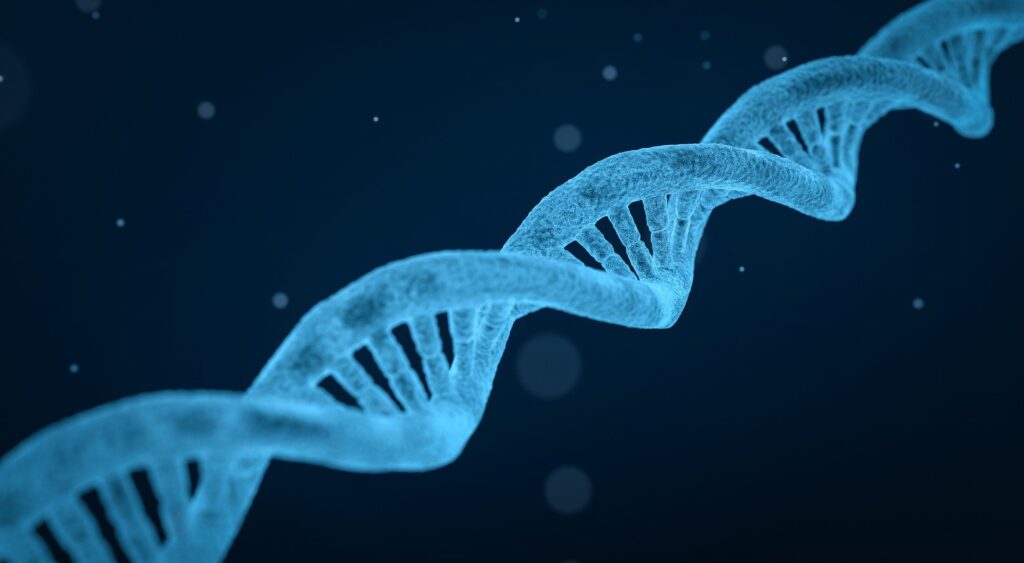CRISPR Cas9 is a potent and easy-to-use tool for gene editing, but the delivery of the CRISPR Cas9 system has been a challenge since it was developed. Several methods have been developed to effectively transport components of the CRISPR Cas9 system into the cells. The protocol below describes the electroporation-based delivery of Cas9 from Streptococcus pyogenes coupled with synthetic and chemically modified sgRNA (forming ribonucleoprotein) into cells. The synthetic sgRNA contains nucleotides that protect it from nuclease-mediated degradation. To optimize conditions of electroporation protocol for Cas9 RNP, GFP mRNA delivery via electroporation is first tested.
Identification of Optimal Electroporation Settings Using GFP mRNA
- To ensure the logarithmic growth phase, cells are passaged two to three days before electroporation. Cells with >90% viability are used. Note: For adherent cells, it is recommended to electroporate cells when they have reached the confluency of 75 to 80%, as high confluency can interfere with electroporation efficiency.
- Cells are counted using a hemocytometer or similar device.
- Desired numbers of cells are added to the Eppendorf tube. Note: Usually, 2×105 cells are used per electroporation for Nucleocuvette strips, and one extra tube is prepared to serve as an un-electroporated reference for expression of GFP and the number of viable cells during flow cytometry.
- Centrifugation is done at 300 g for 5 min to pellet down cells.
- The supernatant is aspirated, and cells are washed with 1X PBS. The cells are pelleted again by centrifugation at room temperature for 5 minutes at 300g.
- The supernatant is aspirated, and the cells are resuspended in the electroporation buffer. 20 μL of electroporation buffer is used for 2×105 cells. 1 μg of GFP mRNA is added to the cell suspension to be electroporated, and it is mixed gently by pipetting up and down.
- Unelectroporated reference samples are directly seeded into appropriate culture plates in a suitable culture media.
- 21 μL/well of cell suspension (cells+ GFP mRNA) is added in the Nucleocuvette strip. The formation of air bubbles should be avoided.
- The lid is attached to the Nucleocuvette strip.
- Program in the nucleofection device is set according to appropriate parameters, and samples are electroporated.
- After electroporation, 180μL (per well of Nucleocuvette strip) of prewarmed culture media is added to the cells. The cells are then transferred to culture flasks with prewarmed media.
- Cells are cultured overnight, and cell viability and GFP expression are analyzed by flow cytometry. Note: Parameters like Percentage of GFP positive cells, Percentage cell viability, and fluorescence intensity are used to determine Optimal electroporation settings. For Cas9 RNP delivery, it is advised to test with different settings.
Electroporation of Cas9 RNP
- For the efficiency of INDEL formation, a few electroporation conditions are tested for Cas9 RNP electroporation.
- Cells population in a logarithmic growth phase with >90% viability is prepared.
- For preparing the Cas9-sgRNA complex, 6 μg Cas9 protein is mixed with 3.2 μg sgRNA (per sample) and incubated at room temperature for at least 10 mins to 1-hour maximum. (This step is performed immediately before preparing the cells for electroporation).
- Cells are counted using a hemocytometer or similar device.
- Desired numbers of cells are added to the Eppendorf tube. Usually, 2×105 cells are used per electroporation for Nucleocuvette strips, and one extra tube is prepared to serve as an un-electroporated reference for INDEL quantification.
- Centrifugation is done at 300 g for 5 min to pellet down cells.
- The supernatant is aspirated, and cells are washed with 1X PBS. The cells are pelleted again by centrifugation at room temperature for 5 minutes at 300g.
- The supernatant is aspirated, and cells are resuspended in the electroporation buffer. 20 μL of electroporation buffer is used for 2×105 cells.
- 20 μL of cell suspension is added to PCR tubes containing Cas9 RNP and mixed by pipetting up and down. Another 20 μL of cell suspension is transferred to a culture flask containing prewarmed media; this will serve as an un-electroporated control sample.
- Cell + RNP suspensions are added into different wells of the Nucleocuvette strip. Air bubble formation should be strictly avoided. The lid is attached to the Nucleocuvette strip.
- Program in the nucleofection device is set according to appropriate parameters, and samples are electroporated.
- Right after electroporation, 180μL (per well of Nucleocuvette strip) of prewarmed culture media is added to the cells. Cells are then transferred to culture flasks with prewarmed media.
- Cells are cultured for four days (at least), and genomic DNA is extracted following a preferred protocol.
- INDELS can be quantified using Sanger sequencing of a PCR product, TIDE, or another preferred method.
References
- Luo, Y. (2019). CRISPR Gene Editing: Methods and Protocols (Methods in Molecular Biology) (1st ed. 2019 ed.). Humana.


